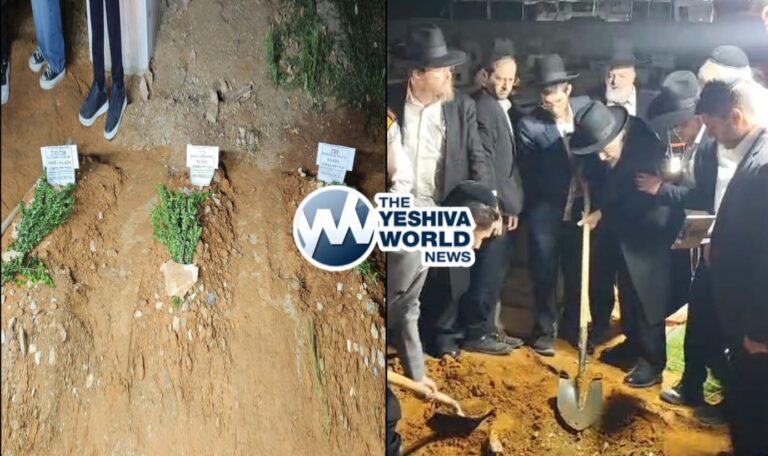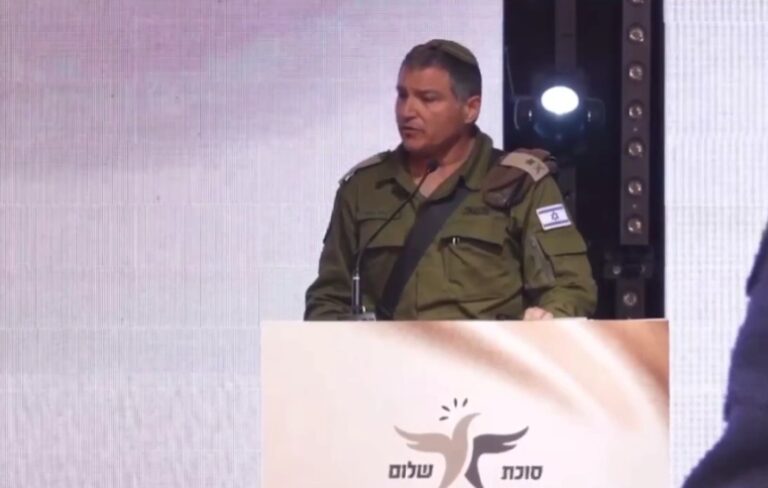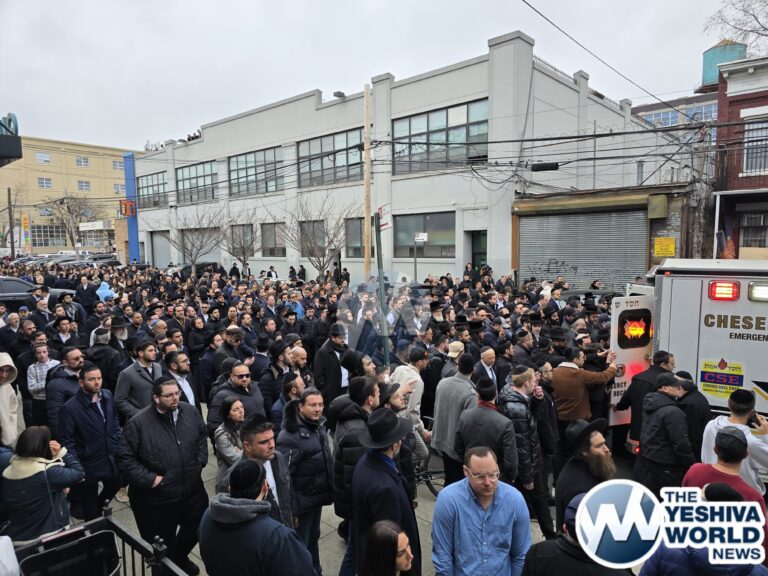By Rabbi Yair Hoffman for 5tjt.com
The material below is based upon Maamar #1,2, and 8 of Vaadim published in Elul of 5780 delivered by Rav Schustal Shlita and published by Rabbi Shimon Meir Perlman in a Kuntrus entitled, “Kol Dodi.”
TWO CUSTOMS
The Shulchan Aruch cites two customs for the strengthening that occurs during Elul. The Mechaber writes that the custom is to awaken early in the mourning and recite slichos from Rosh Chodeh Elul onward – until Yom Kippur. The Ramah writes that the Minhag of the Bnei Ashkenaz is not so, rather from Rosh Chodesh onward they blow the shofar.
The term, “not so” seems to be implying that it is actually not proper [for Ashkenaz]– and that only blowing the Shofar is the method in which to proceed. This requires clarification. What exactly is the debate between the custom of Ashkenaiz and that of Sefarad? What is the problem with starting from Rosh Chodesh Elul?
***PLEASE HELP A COUPLE GET MARRIED WHO HAVE NO RESOURCES AND ARE “BACK IN THE SADDLE!** https://thechesedfund.com/zechornilah/backinthesaddlechasuna
DATES BACK TO GAONIM
The two differences in minhagim already dates back to the times of the Gaonim. When we examine the underlying root of the matter we will unfold a fundamental difference which are essentially two different paths in how to understand the Avodah of Elul.
ASHKENAZIC VIEW: ELUL IS PREPPING FOR TESHUVAH
The Askenazic view based upon the view of Rav Hai Gaon( cited in the Rosh on Rosh Hashana 40a) is that the Avodah of Elul lies in preparing for Teshuvah, because Teshuvah is often unsuccessful if one does not prepare for it. At the sin of the Aigel, our forefathers had already prepared for Teshuvah for many days – so when Rosh Chodesh arrived they could engage in Teshuvah the entire 40 days before Yom Kippur. But for the future generations, when Rosh Chodesh Elul arrives we need to prepare for the Teshuvah.
SEFARDIC VIEW: ELUL IS FOR TESHUVAH ITSELF
The segulah, or virtuous remedy, of the month of Elul is based on the power of Teshuvah. It was formed in our very first year in the wilderness, when the nation of Israel engaged in penance for the sin of the golden calf. At that point their penance enable Mosher Rabbeinu to bring down a second set of tablets and that time became immortalized as especially propitious for doing penance.
WHAT THE SHOFAR DOES
The Shofar is a call to prepare ourselves for Teshuvah, Initially, the blast made on Rosh Chodesh was enough to awaken us and strengthen ourselves for the entire month. However, on account of the fall in our spiritual stature and our fear of Heaven was not like it was – the sages of Ashkenaz deemed it proper to blast the shofar every day of Elul.
RAV NOSSON WACHTFOGEL’S QUOTE OF RAV YERUCHEM LEVOVITZ
Rav Chaim Volozhin zt”l (Ruach Chaim chapter 6) cites the pasuk in Tehillim (34:15), “sSay away from evil and do good” as being quite precise in terms of the order – distance from evil first because otherwise the good that you do will be tainted.
Rav Nosson Wachtfogel zt”l, quoted an interesting idea from Rav Yeruchem Levovitz zt”l, he illuminated a second understanding of the verse. It is possible that one can disnace oneself from evil through the process of doing good. [Rav Dovid Schustal shlita is of the opinion that this is the understanding of the Levush in Siman 581].
The shofar blast, therefore, is not just a means of instilling fear and awe within us – it is a call for that which the Levush describes – this type of doing good – the type that will inspire us to stay away from evil.
RAV SHTEINMAN’S ANSWER
Rav Aharon Leib Shteinman zt”l once answered the question [posed by Rav Schustal]: How does one best do the Avodah of Elul? It was not Rav Schustal’s expected answer of “Teshuvah and fear of strict punishment.” Rav Shteinman zt”l answered, “Mit Torah un maasim tovim, Mit Torah un maasim tovim!”
THE ROLE OF THE SHOFAR
The role of the shofar then is to strengthen ourselves in the “v’asei tov – in doing good.” This is also the understanding fo Rav Itzile Blaser and that of the Rosh yeshiva Rav Aharon Kotler zt”l (Mishnas Rebbi Aharon Vol. II #24)
SO WHAT ARE WE DOING IN THIS WEEK’S SLICHOS?
What requires further explanation is our Minhag of reciting Slichos the week before Rosh haShana. If the Ashkenazic understanding of Elul is to prepare for Teshuvah,a nd the Gaonim’s minhag is to recite the slichos only during the ten days of repentance and not before, what are we doing?
SHABBOS PREP STARTS THE DAY BEFORE
Just as Shabbos preparations do not start on Shabbor but on Erev Shabbos – so too must we say that the Avodah of Rosh HaShana starts on Erev Rosh HaShana. Our conduct in reciting Slichos on Erev Rosh haShana, therefore, does not contradict the aforementioned statement of the Gaonim that slichos are only recited on Aseres Yemei Teshuvah – since this is the AVodah of Rosh haShana – the time to engage in actual Teshuvah.
***PLEASE HELP A COUPLE GET MARRIED WHO HAVE NO RESOURCES AND ARE “BACK IN THE SADDLE!** https://thechesedfund.com/zechornilah/backinthesaddlechasuna
THE CURRENT SLICHOS
So how do we understand the current recitation fo Slichos a week before? True, it is not the AVodah of Elul in preparing for Teshuvah – it is merely a widening of the parameters of Erev Rosh HaShana. At our lower level of spirituality – it is very very difficult to accomplish all that we need to do in the 24 hours that immediately precede Rosh HaShana. Rabbeinu Yona (Shaar 2:14) discusses these limitations. It was thus necessary to extend the Erev Rosh HaShana period.
[YH: Perhaps the analogy to Friday Shabbos preparations is appropriate here. If one cannot possibly accomplish the shopping for Shabbos on Friday – then one must begin even earlier]
***PLEASE HELP A COUPLE GET MARRIED WHO HAVE NO RESOURCES AND ARE “BACK IN THE SADDLE!** https://thechesedfund.com/zechornilah/backinthesaddlechasuna
The author can be reached at [email protected]











